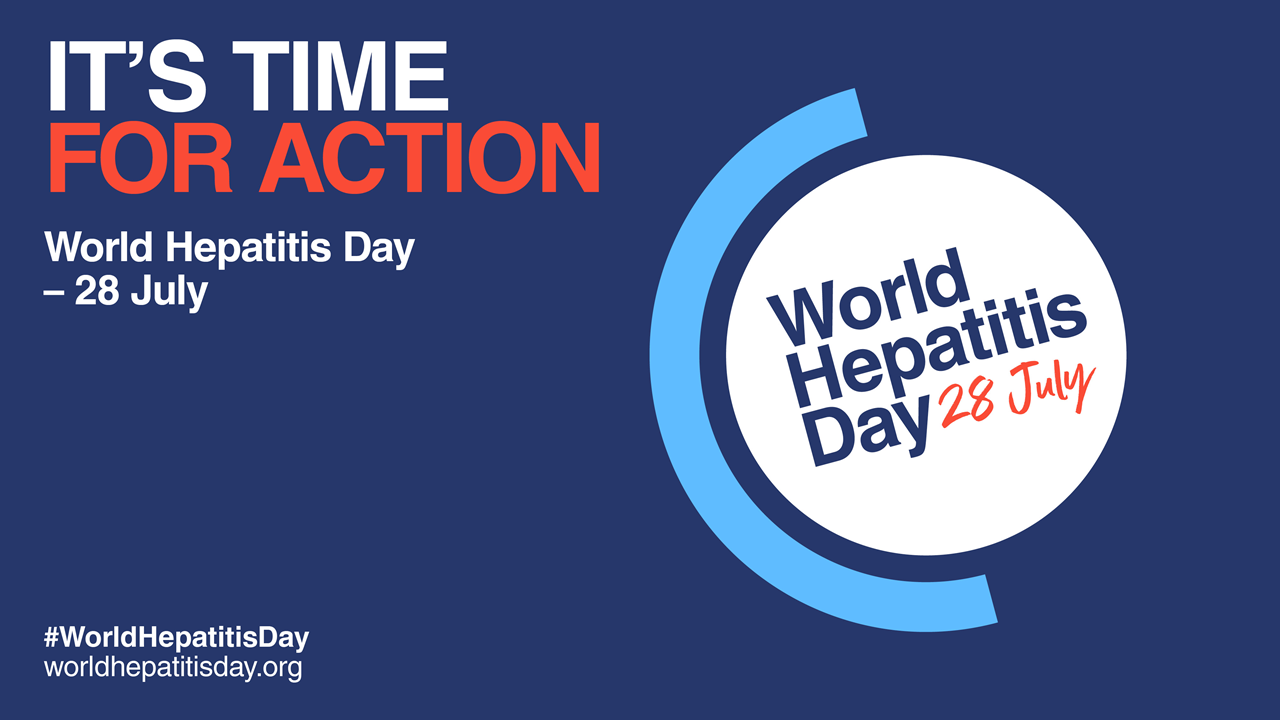There are 5 types of hepatitis viruses – A, B, C, D and E. All hepatitis viruses can cause acute infection and inflammation of the liver. Infection with hepatitis B, C and D viruses can also cause chronic hepatitis, leading to cirrhosis and liver cancer.
10 to 15% of liver cancers are the result of hepatitis B virus (HBV) infection, which is often entirely asymptomatic. HBV is a viral infectious disease that causes inflammation of the liver. It is prevented by vaccination, otherwise anyone who is not vaccinated can get infected, as it is transmitted through blood, saliva, semen, vaginal discharge, urine and breast milk.
In case of infection with the hepatitis C virus (HCV), a chronic form of the disease can develop, which goes asymptomatic for many years or even decades and then suddenly breaks out with the final form – with cirrhosis of the liver or liver cancer. The disease is treated with highly effective drugs, as it is the first curable chronic viral disease.
There is also the hepatitis D virus (HDV), which requires the hepatitis B virus (HBV) to reproduce. The combination of HDV and HBV infection is considered the most severe form of chronic viral hepatitis due to the highly rapid progression to cirrhosis of the liver and the development of hepatocellular cancer.
Hepatitis D infection is endemic in the Mediterranean, Japan and the Pacific Islands. It is very rare in Slovenia. HDV is transmitted in the same way as hepatitis B, and in Western Europe and the USA, the infection is transmitted mainly by transfusions of infected blood and blood preparations and by injecting drugs.
On July 28, we celebrate WORLD HEPATITIS DAY. At Lenis, we are incredibly proud that, together with our partners, we play an essential role in improving the standards of medical care for individuals with hepatitis B, C and D.

